List of content you will read in this article:
The digital world has grown greatly within the last decades, and nowadays, seemingly all electronic devices are connected to the internet, from refrigerators to toasters. All of them need programming to function properly. This technological boom has opened countless new job prospects for people with a more mathematical mind in software development.
With countless resources on the internet, it seems that anyone can learn to program nowadays, but this brings about another problem. Such a large amount of easily accessible information got many people lost with one question: where should I start?
While hundreds of different programming languages have their functions and syntaxes, many follow the same program structure & logic and learning one will make it easier for you to learn much more. Although we cannot tell you which programming language will be most useful for your projects or will allow you to build a career in software engineering, we can suggest which one will be more beginner-friendly and has enough functionality to cover a wide range of uses.
The programming language we recommend learning first if you are a complete beginner in computer programming is Python.
What is Python?
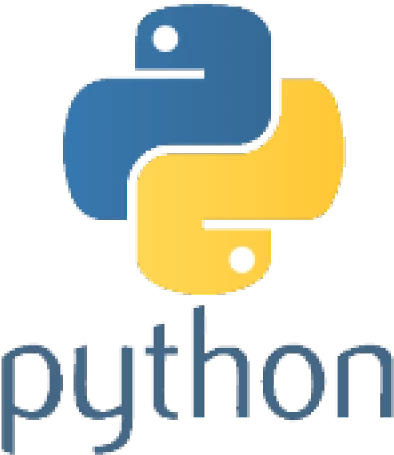
Python is an interpreted, high-level, general-purpose programming language. It is famous for having a simple and easy-to-learn syntax, making it perfect to learn for people unacquainted with programming. Due to its popularity, countless resources are available to help you learn the language and make it easy for you to find assistance when you get stuck while writing your code.
Although originally thought to be a gap-filler mainly used to write scripts that automate repetitive tasks or rapidly prototype applications that will be implemented in other languages, it has become a major force in web application development and systems management.
Despite scripting and automation being the major use cases for Python, it is also used to build professional-quality software for standalone applications and web services. It may not be the fastest programming language out there. However, what it lacks in speed, it makes up for in versatility.
How to Learn Python?

With the amount of information on the internet, it is easy to not know where to start. Here’s our suggestion: before taking further steps to find the materials to learn from, you should simply install it on your computer and get acquainted with its user interface. That is the first and most important step in learning any programming language; to just start coding something.
It could be a simple “Hello World” program or something more complex if you already know a little about programming, but that should get you into the mindset of writing code. Although knowing the theory is also important, the best way to learn a new skill is to practice, practice, and more practice; programming is no different. Now, let’s move on to the different resources you should use to learn Python that will open new job prospects for you.
1. Online Courses
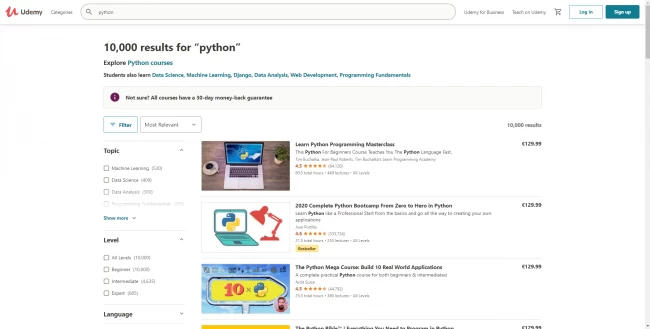
This is probably the most popular way people learn a programming language, and rightfully so. Having a structured plan written by expert software developers is very beneficial compared to not having one. Any programming course worth its money will have several dozen hours of video lecture material, multiple downloadable resources, and a few coding exercises for you to practice. This is where you can find them:
- Udemy
Considered one of the best online course providers for just about any skill, Udemy also has over 10,000 different Python programming courses for complete beginners and seasoned coders alike. The prices are also quite affordable, with many courses costing as little as $15.
- Codecademy
Another name you will hear a lot when discussing learning programming, not only for Python but also in other popular programming languages such as Java and C++.
- Learn Python the Hard Way
This is the most popular beginner Python course out there. You do not need to have any experience, and the course will teach you everything from level 0 to higher levels while also providing exercises to test and implement what you have been learning.
- Coursera
Yet one more popular online course provision site that also includes programming languages. Courses such as “Python for Everybody Specialization” from the University of Michigan make this resource stand out from the rest.
2. Books about Python Programming
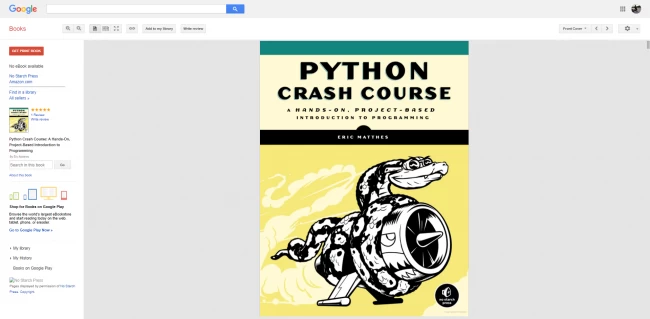
Although seemingly outdated in the digital age, there is a reason why most of the world’s educational institutions still use traditional books as the main method of teaching; they work… for some. This solely depends on what type of learner you are. Some people prefer to have things explained by words, while others remember things better if they read them somewhere or write them down. In the end, it all comes down to what works for you. If you are one of the people that prefer learning from books, here are some you should check out about Python programming:
- Python Crash Course by Eric Matthes
- Learn Python 3 the Hard Way by Zed A. Shaw
- Think Python: How to Think Like a Computer Scientist, 2nd edition by Allen B. Downey
- Invent Your Own Computer Games with Python, 4th edition by Al Sweigart
Do, however, keep in mind that as time goes on and new features get added and old ones removed, some things might not work the same way anymore. Regardless, the basic elements, data structures, and logic will most likely stay the same, making these resources a good way to learn the programming language.
3. YouTube Tutorials
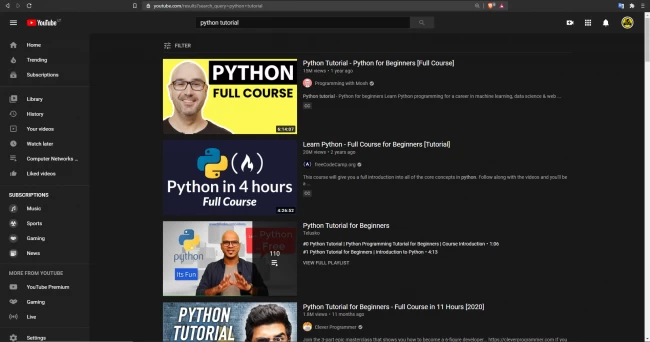
This option is best for the visual learners out there. Since Python is currently one of the most popular programming languages, there are thousands of hours of Python tutorial videos out there. Simply type “python tutorial” into YouTube’s search bar, and you will be greeted with countless results. Pick the video that catches your eye the most and starts learning.
One huge piece of advice we can give you if you decide to go down this route is to try out everything you see on the video, as practising is the only way to improve. Switch some things around, have different variables, and try to remember what you see in the video and understand how it is done.
4. Coding Bootcamps
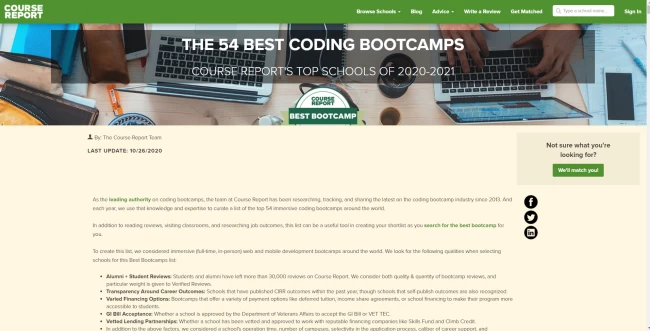
This is the most extreme and expensive way one could learn programming. Most of the time, they include physically attending a classroom where you learn for anywhere from 2 hours to 8 hours a day. However, online coding boot camps also exist. They usually last between 2 and 6 months and provide you with a certificate upon completion.
Although pricey, they provide a proper classroom atmosphere where you have mentors and work individually and in groups on coding assignments. Despite not being necessary for most, this solution is a great way to become workforce ready within a short period. It could also give that extra nudge to people who struggle with discipline and can’t force themselves to study independently (hey, we don’t judge).
Conclusion
There are also other ways to learn programming, such as attending a university or finding yourself a mentor. Still, the ways mentioned above are more than enough if you are dedicated to it. Of course, the examples for each different way are only a few hundred and sometimes thousands. If you feel like we should add something extra to the list, comment below, and we are sure the other readers would be glad to see it.
People are also reading:
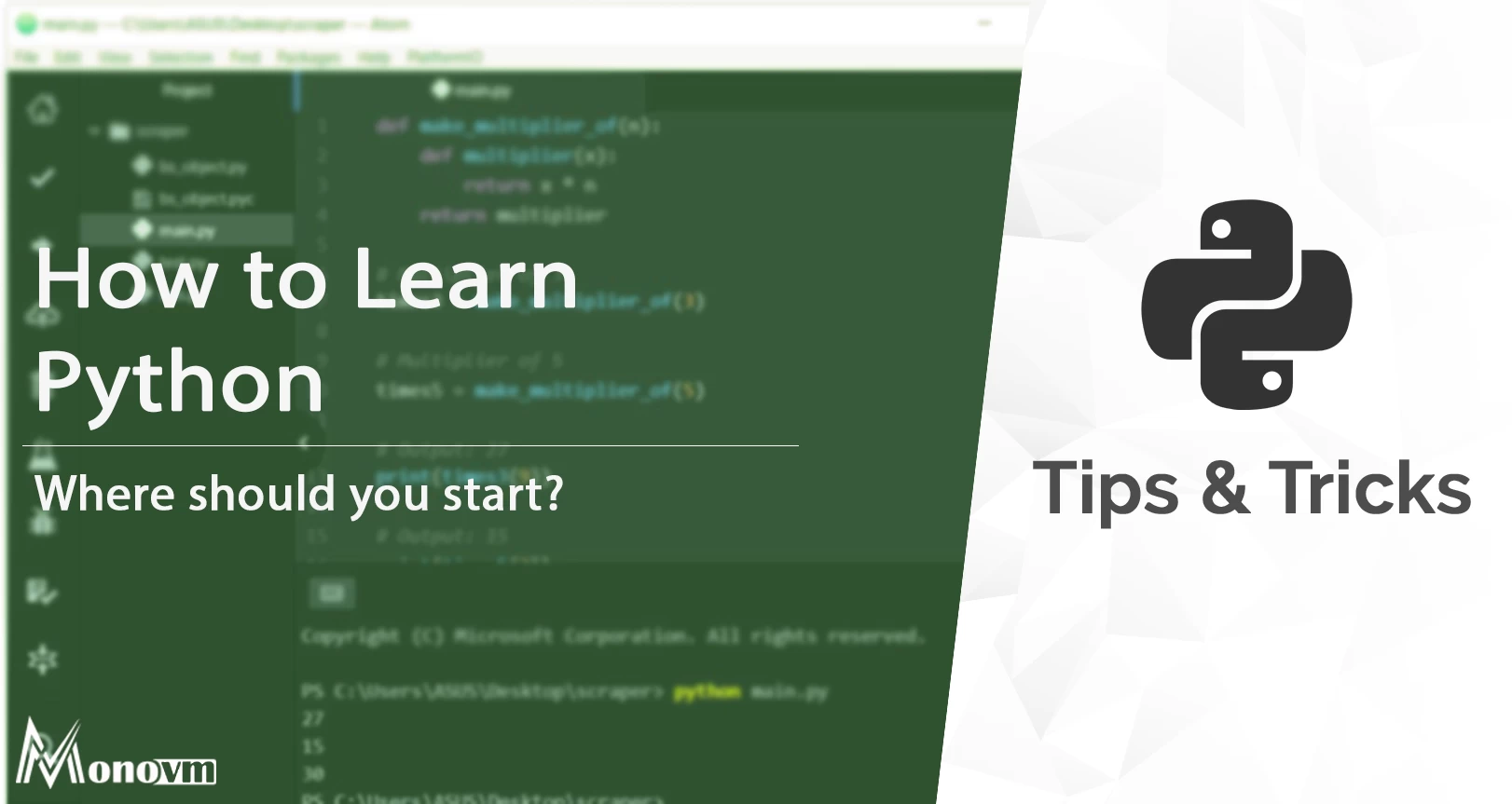
I'm fascinated by the IT world and how the 1's and 0's work. While I venture into the world of Technology, I try to share what I know in the simplest way with you. Not a fan of coffee, a travel addict, and a self-accredited 'master chef'.